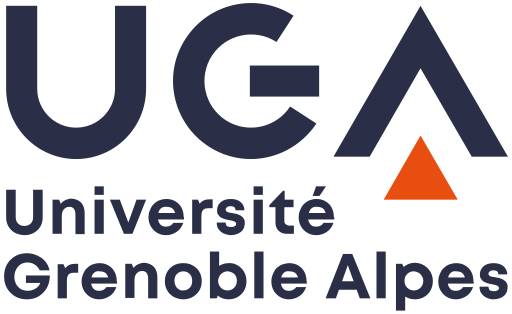In a stationary ergodic process, clustering is defined as the tendency of events to appear in series of increased frequency separated by longer breaks. Such behavior, contradicting the theoretical “unbiased behavior” with exponential distribution of the gaps between appearances, is commonly observed in experimental processes and often difficult to explain. In the last section we relate one such empirical example of clustering, in the area of marine technology. In the theoretical part of the paper we prove, using ergodic theory and the notion of category, that clustering (even very strong) is in fact typical for “rare events” defined as long cylinder sets in processes generated by a finite partition of an arbitrary (infinite aperiodic) ergodic measure preserving transformation.
Mots-clés : stationary random process, return time, hitting time, attracting, limit law, cluster, the law of series
@article{PS_2010__14__256_0,
author = {Downarowicz, T. and Lacroix, Y. and L\'eandri, D.},
title = {Spontaneous clustering in theoretical and some empirical stationary processes},
journal = {ESAIM: Probability and Statistics},
pages = {256--262},
publisher = {EDP-Sciences},
volume = {14},
year = {2010},
doi = {10.1051/ps:2008032},
mrnumber = {2779482},
language = {en},
url = {http://archive.numdam.org/articles/10.1051/ps:2008032/}
}
TY - JOUR AU - Downarowicz, T. AU - Lacroix, Y. AU - Léandri, D. TI - Spontaneous clustering in theoretical and some empirical stationary processes JO - ESAIM: Probability and Statistics PY - 2010 SP - 256 EP - 262 VL - 14 PB - EDP-Sciences UR - http://archive.numdam.org/articles/10.1051/ps:2008032/ DO - 10.1051/ps:2008032 LA - en ID - PS_2010__14__256_0 ER -
%0 Journal Article %A Downarowicz, T. %A Lacroix, Y. %A Léandri, D. %T Spontaneous clustering in theoretical and some empirical stationary processes %J ESAIM: Probability and Statistics %D 2010 %P 256-262 %V 14 %I EDP-Sciences %U http://archive.numdam.org/articles/10.1051/ps:2008032/ %R 10.1051/ps:2008032 %G en %F PS_2010__14__256_0
Downarowicz, T.; Lacroix, Y.; Léandri, D. Spontaneous clustering in theoretical and some empirical stationary processes. ESAIM: Probability and Statistics, Tome 14 (2010), pp. 256-262. doi : 10.1051/ps:2008032. http://archive.numdam.org/articles/10.1051/ps:2008032/
[1] and , Inequalities for the occurrence times of rare events in mixing processes. The state of the art. Inhomogeneous random systems. Markov Process. Relat. Fields 7 (2001) 97-112. | Zbl
[2] , , E. Hospital and D. Leandri, An optical guidance system for the recovery of an unmanned underwater vehicle. IEEE - J. Oceanic Engineering (2000).
[3] , Asymptotic laws for symbolic dynamical systems, Topics in symbolic dynamics and applications. London Math. Soc. Lect. Note Ser. 279, 123-165. Cambridge University Press (2000). | Zbl
[4] and , The Law of Series, http://arXiv.org/abs/math/0601166.
[5] , and , Entry and return times in ergodic aperiodic dynamical systems. Ann. Probab. 33 (2005) 2043-2050. | Zbl
[6] , On the notion of recurrence in discrete stochastic processes. Bull. Amer. Math. Soc. 53 (1947) 1002-1010. | Zbl
[7] and , Asymptotics for hitting times. Ann. Probab. 33 (2005) 610-619. | Zbl
[8] , Possible limit laws for entrance times of an ergodic aperiodic dynamical system. Israel J. Math. 132 (2002) 253-263. | Zbl
[9] , Selected topics from the metric theory of dynamical systems. Amer. Math. Soc. Transl. 2 (1966) 171-240. | Zbl
[10] , Ergodic theory - Introductory lectures, in Lect. Notes Math. 458. Springer-Verlag, Berlin (1975). | Zbl
Cité par Sources :









